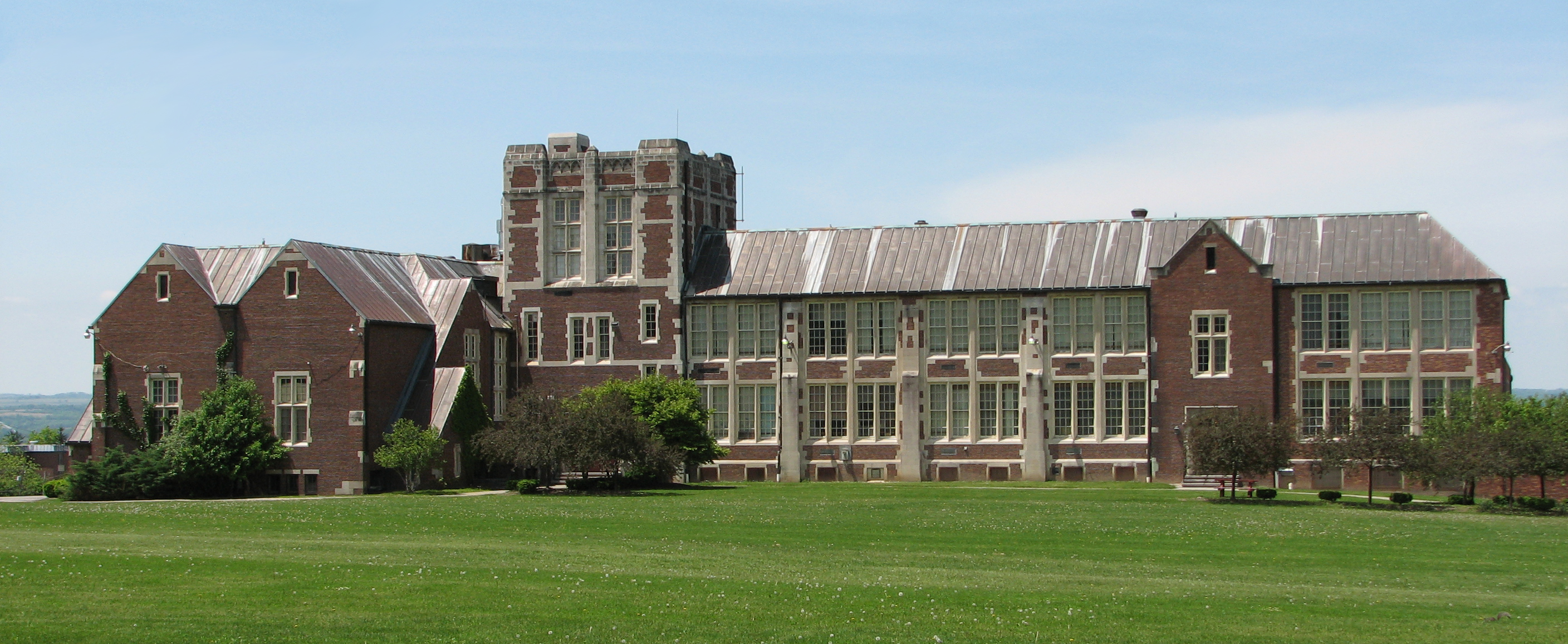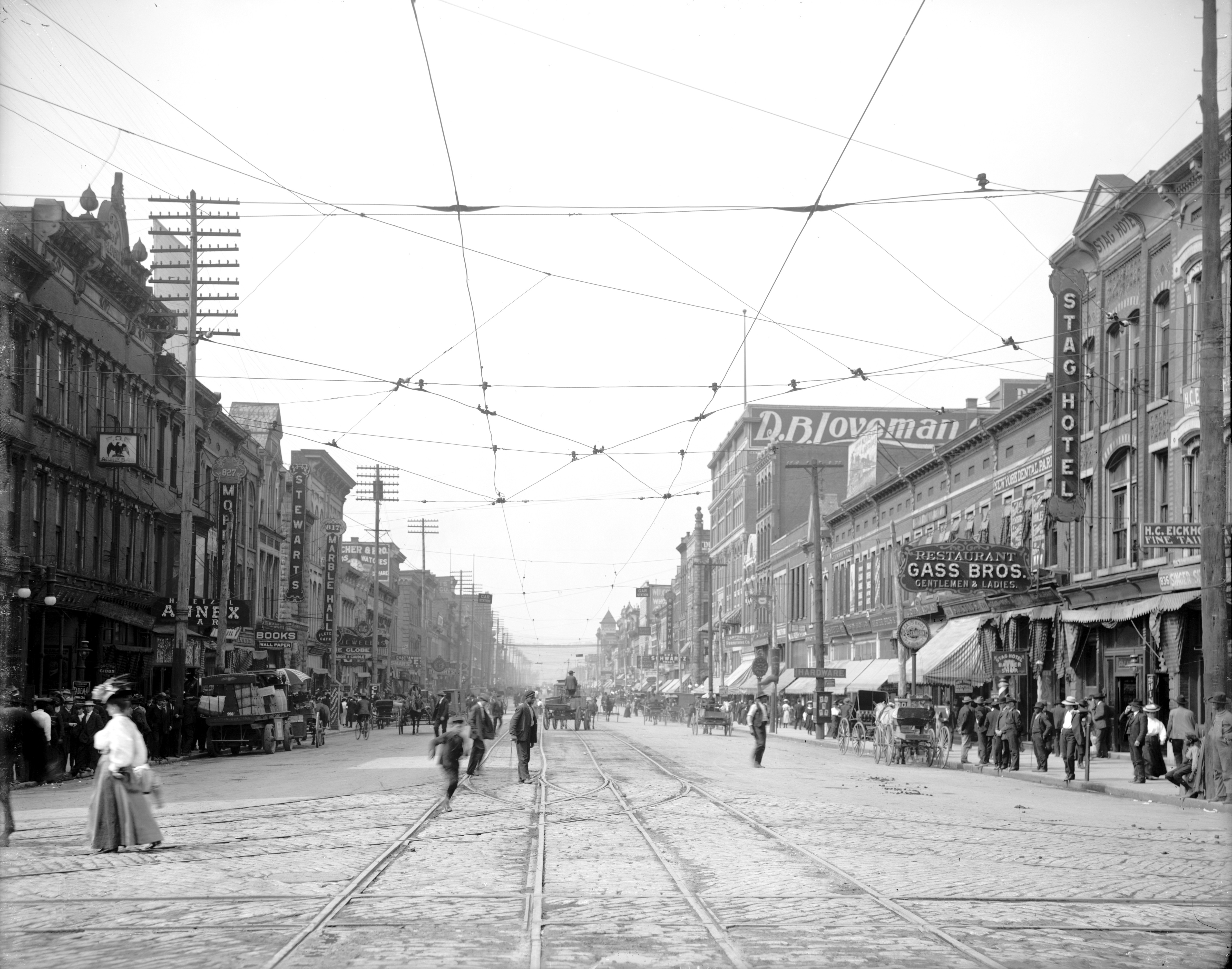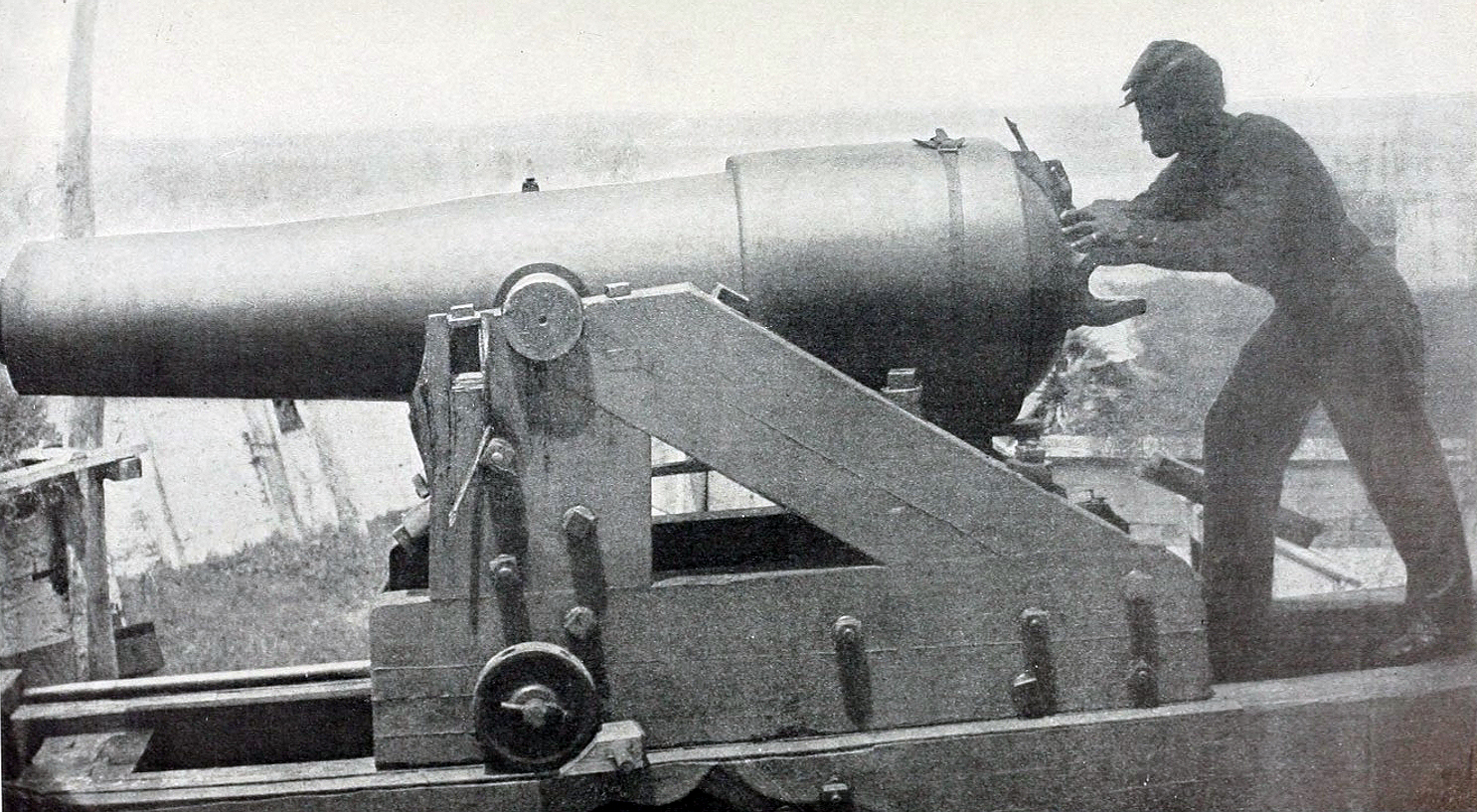|
Eliza Emily Chappell Porter
Eliza Emily Porter ( Chappell; November 5, 1807 – January 1, 1888) was the first public school teacher in Chicago, at Fort Dearborn. She established normal schools, educated settlers and American Indians at Mackinac Island, aided the wounded during the American Civil War as a member of the U.S. Sanitary Commission, participated in the Underground Railroad, and taught freedmen. Early years Porter was born on November 5, 1807, in Geneseo, New York, the youngest daughter of eight children. Porter's father, Robert Chappell, was supposedly the descendant of "Huguenots banished from France under the Edict of Nantes in 1688, who found refuge, with their persecuted brethren, in England".Porter, p. 9. Robert moved to Franklin County, New York, then to Geneseo ( Livingston County, New York).Porter, p. 10. Eliza Chappell was the eighth child born to Robert and Elizabeth Kneeland Chappell. She was described as a "bonny child, plump and fair, with curling auburn hair, and bright grey ... [...More Info...] [...Related Items...] OR: [Wikipedia] [Google] [Baidu] |
Geneseo, New York
Geneseo is a Administrative divisions of New York#Town, town in Livingston County, New York, Livingston County in the Finger Lakes region of New York (state), New York, United States. It is at the south end of the five-county Rochester metropolitan area, New York, Rochester Metropolitan Area. The population of the town was 10,483 at the 2010 United States Census, 2010 census. The English name "Geneseo" is an anglicization of the Seneca language, Seneca name for the earlier Seneca town there, ''Jo’néhsiyoh'', meaning "Good sand there." The Geneseo (village), New York, village of Geneseo lies within the western portion of the town. The village and town are known today mainly as the home of the State University of New York at Geneseo. History Pre-revolution Near Geneseo was the largest Seneca tribe, Seneca village, Little Beard's Town, Jo’néhsiyoh, a center of power for the Haudenosaunee Confederacy. It was also the confederacy's "bread basket", with orchards, vineyar ... [...More Info...] [...Related Items...] OR: [Wikipedia] [Google] [Baidu] |
Black Hawk War
The Black Hawk War was a conflict between the United States and Native Americans in the United States, Native Americans led by Black Hawk (Sauk leader), Black Hawk, a Sauk people, Sauk leader. The war erupted after Black Hawk and a group of Sauks, Meskwakis (Fox), and Kickapoo people, Kickapoos, known as the "British Band", crossed the Mississippi River, to the U.S. state of Illinois, from Iowa, Iowa Indian Territory in April 1832. Black Hawk's motives were ambiguous, but he was apparently hoping to reclaim land that was taken over by the United States in the disputed 1804 Treaty of St. Louis (1804), Treaty of St. Louis. U.S. officials, convinced that the British Band was hostile, mobilized a frontier Militia in the United States, militia and opened fire on a delegation from the Native Americans on May 14, 1832. Black Hawk responded by successfully attacking the militia at the Battle of Stillman's Run. He led his band to a secure location in what is now southern Wisconsin an ... [...More Info...] [...Related Items...] OR: [Wikipedia] [Google] [Baidu] |
Huntsville Prison
Texas State Penitentiary at Huntsville or Huntsville Unit (HV), nicknamed "Walls Unit", is a Texas state prison located in Huntsville, Texas, United States. The approximately facility, near downtown Huntsville, is operated by the Correctional Institutions Division of the Texas Department of Criminal Justice. The facility, the oldest Texas state prison, opened in 1849. The unit houses the execution chamber of the State of Texas. It is the most active execution chamber in the United States, with 595 (as of May 20, 2025) executions since 1982, when the death penalty was reinstated in Texas (see Lists of people executed in Texas). History The prison's first inmates arrived on October 2, 1849.Hollister, Stacy.Texas Tidbits" ''Texas Monthly''. July 2002. Retrieved on July 3, 2010. The unit was named after the County of Huntsville. Robert Perkinson, the author of ''Texas Tough: The Rise of America’s Prison Empire'', wrote that the unit was, within Texas, "the first public work of an ... [...More Info...] [...Related Items...] OR: [Wikipedia] [Google] [Baidu] |
Lincoln Clark
Lincoln Clark (August 9, 1800 – September 16, 1886) was a lawyer and one-term Democratic U.S. Representative from Iowa's 2nd congressional district. His life began and ended in the same small town in western Massachusetts, but included service in every branch of Alabama state government, the U.S. Congress, and the Iowa General Assembly. Born in Conway, Massachusetts, Clark attended the district and private schools. He was graduated from Amherst College in 1825. After studying law, he was admitted to the bar in 1831 and commenced practice in Pickensville, Alabama. He served as member of the Alabama House of Representatives in 1834, 1835, and 1845. He moved to Tuscaloosa in 1836. Clark was elected Alabama Attorney General by the Legislature in 1839. He delivered an oration in Tuscaloosa i1845 commemorating Andrew Jackson Clark was appointed circuit judge by Governor Benjamin Fitzpatrick in 1846. He owned slaves. Clark moved to Dubuque, Iowa, in 1848. Two years later, in 1850, ... [...More Info...] [...Related Items...] OR: [Wikipedia] [Google] [Baidu] |
Mary Ann Bickerdyke
Mary Ann Bickerdyke (July 19, 1817 – November 8, 1901), also known as Mother Bickerdyke, was a hospital administrator for Union (American Civil War), Union soldiers during the American Civil War and a lifelong advocate for veterans. She was responsible for establishing 300 field hospitals during the war and served as a lawyer assisting veterans and their families with obtaining pensions after the war. Early life Mary Ann Ball was born on July 19, 1817, in Knox County, Ohio, to Hiram and Annie Rodgers Ball. She is cited as one of the first women who attended Oberlin College in Ohio, but official records show no proof of attendance. In 1847, she married Robert Bickerdyke, who died in 1859, two years before the Civil War. Together, the Bickerdykes had two sons. She later moved to Galesburg, Illinois, where she worked as botanic physician and primarily worked with alternative medicines using herbs and plants. Bickerdyke began to attend the Central Congregational Church (Galesburg, ... [...More Info...] [...Related Items...] OR: [Wikipedia] [Google] [Baidu] |
Chattanooga, Tennessee
Chattanooga ( ) is a city in Hamilton County, Tennessee, United States, and its county seat. It is located along the Tennessee River and borders Georgia (U.S. state), Georgia to the south. With a population of 181,099 in 2020, it is Tennessee's List of municipalities in Tennessee, fourth-most populous city and one of the two principal cities of East Tennessee, along with Knoxville, Tennessee, Knoxville. It anchors the Chattanooga metropolitan area, Tennessee's fourth-largest metropolitan statistical area, as well as a larger three-state area that includes southeastern Tennessee, northwestern Georgia, and northeastern Alabama. Chattanooga was a crucial city during the American Civil War due to the multiple railroads that converge there. After the war, the railroads allowed for the city to grow into one of the Southeastern United States' largest heavy industrial hubs. Today, major industry that drives the economy includes automotive, advanced manufacturing, food and beverage pro ... [...More Info...] [...Related Items...] OR: [Wikipedia] [Google] [Baidu] |
Battle Of Vicksburg
The siege of Vicksburg (May 18 – July 4, 1863) was the final major military action in the Vicksburg campaign of the American Civil War. In a series of maneuvers, Union Major General Ulysses S. Grant and his Army of the Tennessee crossed the Mississippi River and drove the Confederate Army of Mississippi, led by Lieutenant General John C. Pemberton, into the defensive lines surrounding the fortress city of Vicksburg, Mississippi, leading to the successful siege and Confederate surrender. Vicksburg was the last major Confederate stronghold on the Mississippi River; therefore, capturing it completed the second part of the Northern strategy, the Anaconda Plan. When two major assaults against the Confederate fortifications, on May 19 and 22, were repulsed with heavy casualties, Grant decided to besiege the city beginning on May 25. After holding out for more than 40 days, with their supplies nearly gone, the garrison surrendered on July 4. The Vicksburg campaign's successfu ... [...More Info...] [...Related Items...] OR: [Wikipedia] [Google] [Baidu] |
Dorothea Dix
Dorothea Lynde Dix (April 4, 1802July 17, 1887) was an American advocate on behalf of the poor insane, mentally ill. By her vigorous and sustained program of lobbying state legislatures and the United States Congress, she helped create the first generation of American mental asylums. During the American Civil War, Civil War, she served as a Superintendent of Army Nurses. Early life Born in the town of Hampden, Maine, Hampden in the District of Maine, she grew up in Worcester, Massachusetts, among her parents' relatives. She was the first child of three born to Joseph Dix and Mary Bigelow, who had deep ancestral roots in Massachusetts Bay Colony. Her mother suffered from poor health, thus she wasn't able to provide consistent support to her children. Her father was an itinerant bookseller and Methodist Episcopal Church, Methodist preacher.. This sequence of events is described over several chapters, commencing p. 180 (n206 in electronic page field). At the age of twelve, she and ... [...More Info...] [...Related Items...] OR: [Wikipedia] [Google] [Baidu] |
Battle Of Shiloh
The Battle of Shiloh, also known as the Battle of Pittsburg Landing, was a major battle in the American Civil War fought on April 6–7, 1862. The fighting took place in southwestern Tennessee, which was part of the war's Western Theater of the American Civil War, Western Theater. The battlefield is located between a small, undistinguished church named Shiloh, Hardin County, Tennessee, Shiloh and Pittsburg Landing, Tennessee, Pittsburg Landing on the Tennessee River. Two Union Army, Union armies combined to defeat the Confederate States Army, Confederate Army of Mississippi. Major general (United States), Major General Ulysses S. Grant was the Union commander, while General officers in the Confederate States Army#General, General Albert Sidney Johnston was the Confederate commander until his battlefield death, when he was replaced by his second-in-command, General P. G. T. Beauregard. The Confederate army hoped to defeat Grant's Army of the Tennessee before it could be reinforce ... [...More Info...] [...Related Items...] OR: [Wikipedia] [Google] [Baidu] |
Cairo, Illinois
Cairo ( , sometimes ) is the southernmost city in the U.S. state of Illinois and the county seat of Alexander County, Illinois, Alexander County. A river city, Cairo has the lowest elevation of any location in Illinois and is the only Illinois city to be surrounded by levees. The city is named after Cairo, Egypt's capital on the Nile and is located in the river-crossed area of Southern Illinois known as "Southern Illinois, Little Egypt". It is Coterminous municipality, coterminous with Cairo Precinct, Alexander County, Illinois, Cairo Precinct. Cairo is located at the confluence of the Ohio River, Ohio and Mississippi River, Mississippi rivers, the largest rivers in North America, and is near the Cache River (Illinois), Cache River complex, a List of Ramsar Wetlands of International Importance, Wetland of International Importance. Settlement began in earnest in the 1830s and busy river boat traffic expanded through the 1850s. Fort Defiance (Illinois), Fort Defiance, a American ... [...More Info...] [...Related Items...] OR: [Wikipedia] [Google] [Baidu] |
Neuralgia
Neuralgia (Greek ''neuron'', "nerve" + ''algos'', "pain") is pain in the distribution of a nerve or nerves, as in intercostal nerve, intercostal neuralgia, trigeminal neuralgia, and glossopharyngeal nerve, glossopharyngeal neuralgia. Classification Under the general heading of neuralgia are trigeminal neuralgia (TN), atypical trigeminal neuralgia (ATN), occipital neuralgia, glossopharyngeal neuralgia and postherpetic neuralgia (caused by shingles or herpes). The term ''neuralgia'' is also used to refer to pain associated with sciatica and Brachial plexus, brachial plexopathy. Atypical (trigeminal) Atypical trigeminal neuralgia (ATN) is a rare form of neuralgia and may also be the most misdiagnosed form. The symptoms can be mistaken for migraines, dental problems such as temporomandibular joint disorder, musculoskeletal issues, and hypochondriasis. ATN can have a wide range of symptoms and the pain can fluctuate in intensity from mild aching to a crushing or burning sensation, ... [...More Info...] [...Related Items...] OR: [Wikipedia] [Google] [Baidu] |
Green Bay, Wisconsin
Green Bay is a city in Brown County, Wisconsin, United States, and its county seat. It is located at the head of Green Bay (Lake Michigan), Green Bay (known locally as "the bay of Green Bay"), a sub-basin of Lake Michigan at the mouth of the Fox River (Green Bay tributary), Fox River. Green Bay had a population of 107,395 at the 2020 United States census, 2020 census, making it the List of cities in Wisconsin, third-most populous city in Wisconsin (after Milwaukee and Madison, Wisconsin, Madison) and the third-most populous city on Lake Michigan (after Chicago and Milwaukee). The Green Bay metropolitan area covers Brown, Kewaunee County, Wisconsin, Kewaunee, and Oconto County, Wisconsin, Oconto counties and had a population of 320,050 in 2020. Green Bay was settled in 1634 by Jean Nicolet as a fur trading post in New France. Its development was shaped by its location at the mouth of the Fox River and it emerged as a center for the lumber, shipping, and paper industries in the 1 ... [...More Info...] [...Related Items...] OR: [Wikipedia] [Google] [Baidu] |








